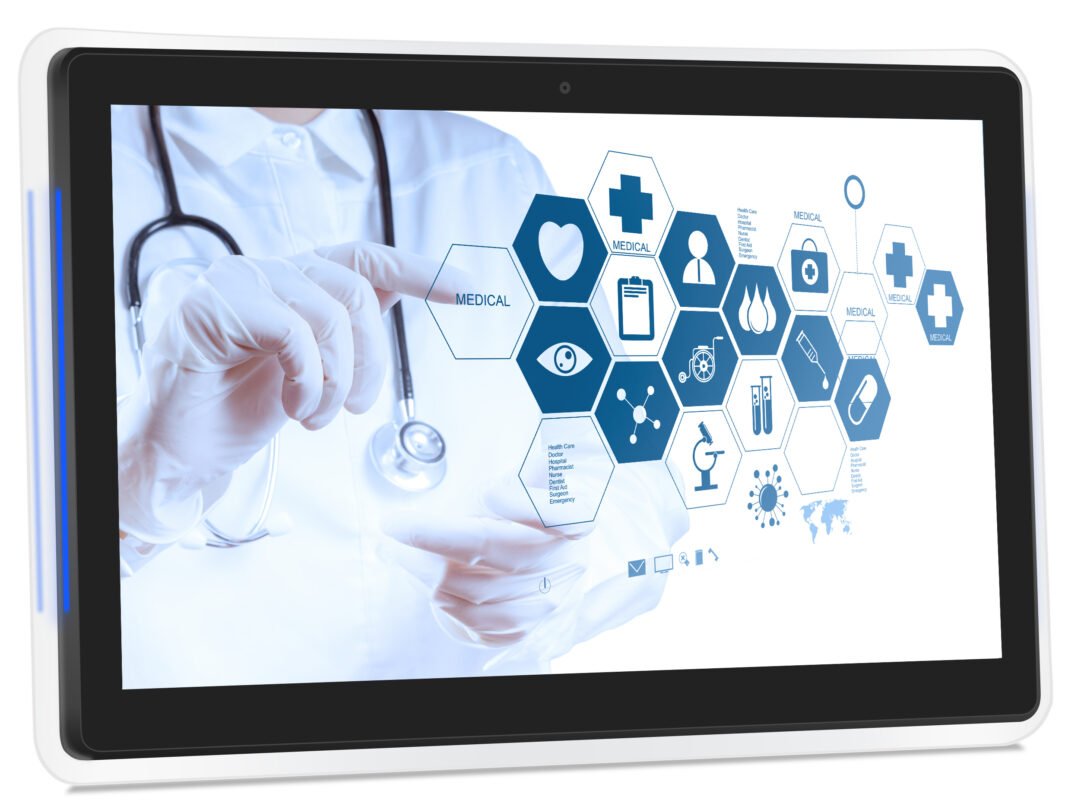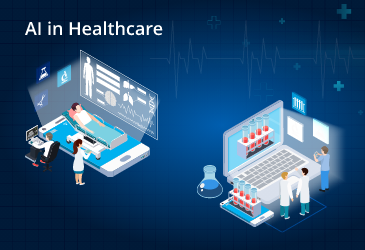
Medical Panel PC Buying Guide: What Hospitals Need to Know
In the digital age of healthcare, technology plays a critical role in improving patient outcomes, streamlining workflows, and ensuring compliance with regulatory standards. Among the key technologies enabling tmehis transformation is the Medical Panel PC — a purpose-built, all-in-one computer system designed specifically for hospital and clinical environments.
From nurse stations to surgical rooms, clean rooms, and mobile medical carts, medical panel PCs serve as the frontline interface for healthcare professionals. But how do hospitals know which system to choose?
This comprehensive guide explores everything hospital IT teams, biomedical engineers, and procurement managers need to know when buying a medical panel PC — including required certifications, key features, typical use cases, and expert tips for making the right choice.
What Is a Medical Panel PC?
A medical panel PC is an all-in-one touch-enabled computer engineered for healthcare environments. Unlike consumer or industrial panel PCs, medical-grade panel PCs are built with a focus on:
- Infection control
- Regulatory compliance (e.g., EN60601-1)
- 24/7 reliability
- Cleanable and fanless designs
- Seamless integration with EMR/EHR systems
They combine a display, touchscreen, processing unit, and I/O interfaces into one enclosed system that can be mounted on walls, carts, or medical arms.
🩺 At its core, a medical panel PC acts as a secure, durable, and intuitive HMI (Human-Machine Interface) for hospital staff, helping them work faster and more accurately.

Why Hospitals Need Medical-Grade PCs (Not Just Any Panel PC)
While industrial panel PCs offer ruggedness, they may lack essential features needed in medical environments. Hospitals require computers that:
- Are certified for patient safety and electromagnetic interference (EMI)
- Have antimicrobial coatings and sealed housings
- Are silent and fanless to avoid circulating airborne bacteria
- Can withstand frequent disinfection with alcohol-based cleaners
- Integrate with healthcare software platforms and peripherals
Skipping these features could lead to regulatory non-compliance, downtime, and increased infection risk.
8 Key Factors to Consider When Buying a Medical Panel PC
1. Medical Certifications (EN60601-1, CE, FCC)
The gold standard for safety in medical electrical equipment is EN60601-1. This ensures the device won’t emit harmful radiation or cause electrical shock near patients.
Other certifications include:
- CE/FCC: Electromagnetic and safety compliance
- ISO 13485: Quality management for medical devices
- UL 60601-1: U.S. safety certification for medical devices
Tip: Always confirm that your panel PC supplier meets EN60601-1 3rd edition or higher.
2. IP Rating and Sanitary Design
Most hospital settings demand IP65 or higher for the front bezel, especially in:
- Operating rooms
- ICU/CCU
- Labs
- Cleanrooms
These ratings ensure protection against water, dust, and contaminants during wipe-downs.
Many models from ShiMeta Devices feature edge-to-edge flat glass, which is:
- Easy to clean
- Resistant to chemical corrosion
- Designed with no bacteria-harboring crevices
3. Fanless Cooling for Sterile Environments
A fanless design is essential in sterile zones because:
- Fans blow dust and microbes
- They add noise to quiet patient care areas
- Moving parts increase failure rates
Instead, medical panel PCs use aluminum heat sinks and efficient CPUs to manage heat silently and reliably.
4. Display and Touchscreen Technology
Screen clarity and responsiveness matter for daily use in EMR systems and PACS (Picture Archiving and Communication System).
Key considerations:
- Display Size: 10.1″ to 21.5″ are most common
- Brightness: 300+ nits for visibility under OR lights
- Touchscreen Type:
- Capacitive – High-sensitivity multi-touch (best for dry fingers)
- Resistive – Works with gloves or in wet environments
- Anti-glare and anti-fingerprint coatings for easier reading
5. Processing Power and Performance
Use case determines the performance needs:
| Application | Recommended CPU |
| Basic EMR, vitals tracking | ARM Cortex-A72, Intel Celeron |
| PACS viewing, analytics | Intel i3/i5 |
| AI diagnostics, 3D imaging | Intel i7, GPU-enabled |
Look for low-power processors (like Intel J6412 or ARM Cortex-A72) for mobile or battery-powered use.
6. Mounting Options
Hospitals demand flexible mounting based on the room layout:
- VESA Mount: Standard wall or pole mounting
- Mobile Medical Carts: For nurse stations or vitals monitoring
- Articulated Arms: In operating rooms or ICUs for ergonomic positioning
Ensure that the PC is lightweight and has shock/vibration resistance if being mounted on mobile equipment.
7. I/O and Connectivity Options
Panel PCs must connect to hospital systems, peripherals, and networks:
- USB 3.0/2.0 – For printers, barcode scanners, storage
- COM (RS232/RS485) – For legacy medical devices
- LAN (Gigabit Ethernet) – For network access
- HDMI/VGA – For dual display setups
- Wi-Fi/BT/4G/PoE (optional) – For mobile deployment and power-saving
Some ShiMeta medical panel PCs also support isolation protection to avoid electrical surges between devices.
8. OS and Software Compatibility
Medical PCs must run critical healthcare software including:
- EMR/EHR systems (e.g., Epic, Cerner)
- PACS/RIS systems
- HL7-compliant applications
Popular OS options:
- Windows 10 IoT/11 Pro – Broad compatibility, plug-and-play with hospital software
- Linux (Ubuntu/Debian) – Secure, open-source, great for diagnostics
- Android 12+ – Lightweight, ideal for patient-facing applications
Top Use Cases in Hospitals and Healthcare Environments

Nurse Station PCs
- Medication administration
- EMR charting
- Alarm system integration
- Bedside registration and communication
Bedside Patient Terminals
- Food ordering
- Entertainment (TV, movies)
- Patient education
- Direct communication with staff
Operating Room Control Terminals
- Integration with surgical lighting and camera systems
- Real-time vitals display
- Sterile touch control of PACS
Labs and Diagnostics
- Barcode scanning
- Sample tracking
- Data logging from instruments
Mobile Medical Carts
- Point-of-care documentation
- Mobile ultrasound or vitals collection
- Triage and intake during emergency situations
ShiMeta Medical Panel PC Solutions
ShiMeta Devices offers a specialized range of medical-grade panel PCs optimized for clinical environments.
🔹 ShiMeta 15.6″ Medical Windows Panel PC
- Intel Celeron J6412
- Fanless, aluminum enclosure
- IP65-rated front bezel
- HDMI, COM, USB, LAN, Wi-Fi
- Windows 10/11 or Linux support
🔹 ShiMeta 10.1″ Android Medical Terminal
- ARM Cortex-A72 processor
- Android 12 OS
- Resistive touch, glove-friendly
- PoE, USB, and camera support
🔹 ShiMeta Stainless Steel IP66 Panel PC
- Medical-grade SUS304/SUS316 steel
- Fully sealed and waterproof
- Ideal for cleanroom and surgical use
🔗 Contact for Specs →
5 Questions Hospitals Should Ask Before Buying
- Is the panel PC EN60601-1 certified?
- Can it be disinfected multiple times per day?
- Does it support our current EMR/PACS systems?
- What mounting options are supported?
- Is long-term support and spare part availability guaranteed?
Final Thoughts: Making the Right Investment in Medical Panel PCs
Hospitals operate in life-critical environments where reliability, hygiene, and data security are essential. Investing in a medical-grade panel PC tailored for healthcare ensures:
- Compliance with global safety and infection control standards
- Seamless integration with existing hospital software and infrastructure
- Low maintenance and long-term cost savings
- Better patient outcomes and improved clinician workflows











